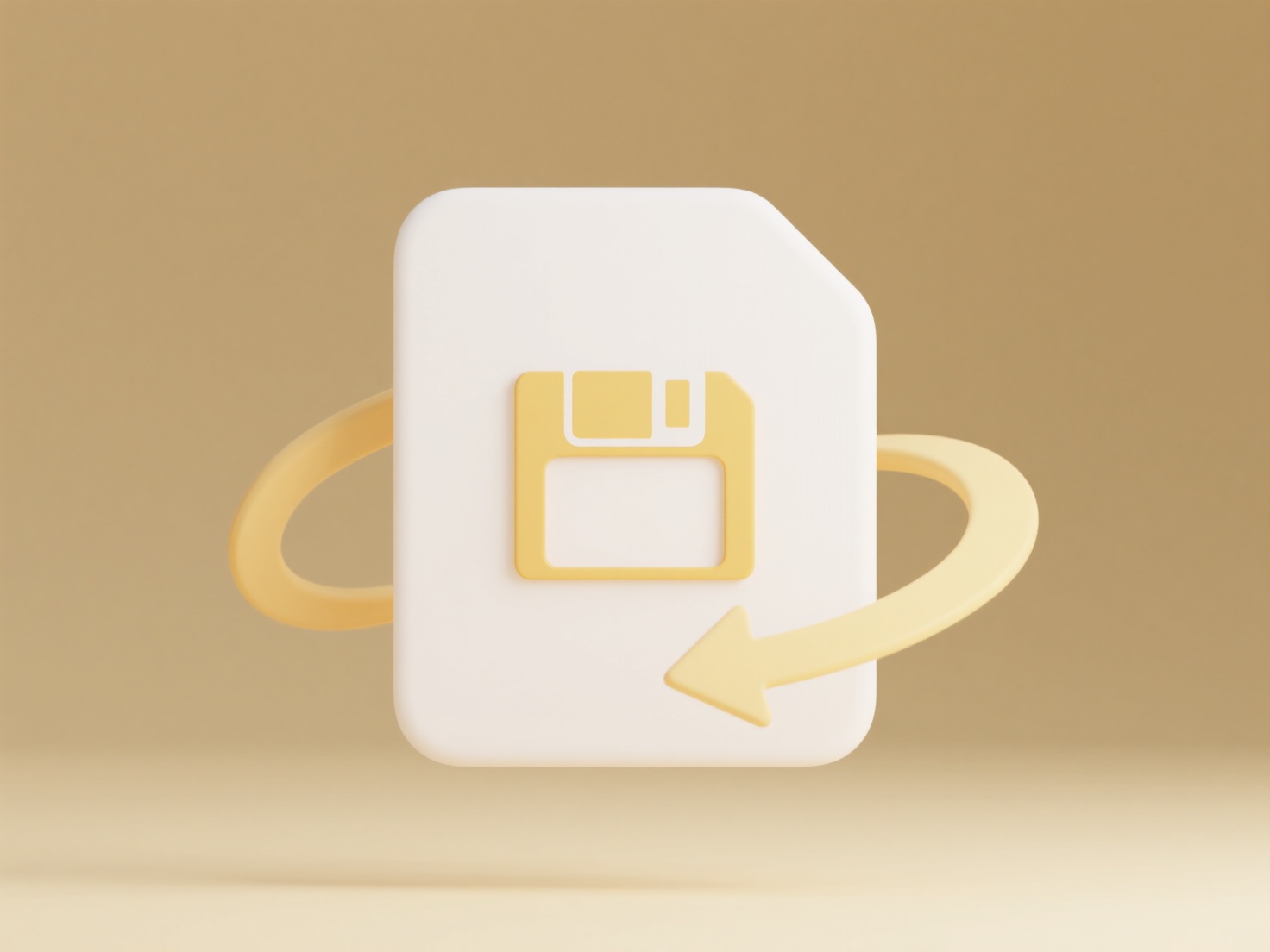
You cannot directly convert a ZIP file to a RAR file because they are distinct archive formats using different compression algorithms and file structures. Instead, you must first extract the contents from the original ZIP file and then recompress those files into a new RAR archive. Software designed for handling multiple formats enables this two-step process.
For example, if you have a "project_docs.zip" file, you would open it using an archive tool to decompress the contained files (like PDFs and images). After extraction, you'd select those files and choose to compress them again, this time selecting RAR as the output format. Tools like WinRAR, 7-Zip, or PeaZip are commonly used for this on Windows, Linux, and macOS systems in workplaces and for personal file management.

This method offers flexibility but has limitations: it requires sufficient storage for the intermediate extracted files and involves extra time for decompression and recompression. Proprietary RAR format restrictions limit widespread tool integration, while open ZIP enjoys broader native support in operating systems. As file archiving evolves towards open, cross-platform standards like 7z or faster algorithms (e.g., Zstandard), manual format conversion is becoming less common unless specific features like RAR's recovery records are needed.
Can I convert a .zip file to .rar?
You cannot directly convert a ZIP file to a RAR file because they are distinct archive formats using different compression algorithms and file structures. Instead, you must first extract the contents from the original ZIP file and then recompress those files into a new RAR archive. Software designed for handling multiple formats enables this two-step process.
For example, if you have a "project_docs.zip" file, you would open it using an archive tool to decompress the contained files (like PDFs and images). After extraction, you'd select those files and choose to compress them again, this time selecting RAR as the output format. Tools like WinRAR, 7-Zip, or PeaZip are commonly used for this on Windows, Linux, and macOS systems in workplaces and for personal file management.

This method offers flexibility but has limitations: it requires sufficient storage for the intermediate extracted files and involves extra time for decompression and recompression. Proprietary RAR format restrictions limit widespread tool integration, while open ZIP enjoys broader native support in operating systems. As file archiving evolves towards open, cross-platform standards like 7z or faster algorithms (e.g., Zstandard), manual format conversion is becoming less common unless specific features like RAR's recovery records are needed.
Quick Article Links
Can I move exported files to another folder after saving?
Exporting a file typically creates a standard computer file saved to your device's storage. Once saved, these exported f...
How do I organize screenshots on my phone?
Organizing screenshots means systematically arranging these image captures for easy retrieval, preventing clutter in you...
How do I change the default save location?
Changing the default save location allows you to specify where your computer or specific applications automatically stor...